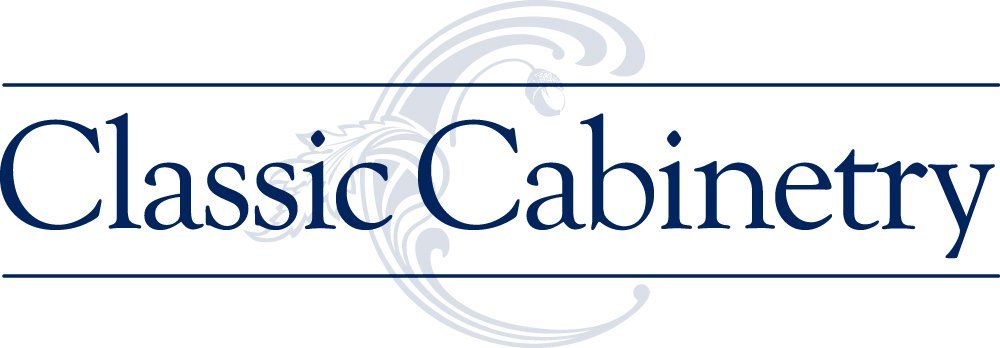The number one regret among homeowners in Chattanooga who recently remodeled their kitchen was not investing more in storage capabilities. Storage investment comprises the dollars needed to create sufficient storage capabilities, allocating the space for storage and most importantly dedicating the time to understand how homeowners in Chattanooga and their families use their kitchens and the multiple roles that today’s kitchens are asked to play. Working with a professional designer to develop a storage plan will address how often you cook, entertain and hold gatherings and the other functions that you need your kitchen to provide such as office space, classroom, study, café, bar, central hub or other purposes. A great kitchen must not only look out of this world, it also must incorporate the best functionality to meets your needs.
Rule number 1: There is no such thing as too much storage. A professional designer can create storage opportunities where none currently exist by converting unused or rarely used areas of a kitchen into customized storage space. These areas may include a pull-out corner cabinet with pull-out shelves, a lazy Susan or racks. Other common potential storage areas are spaces next to the range/cooktop/oven and refrigerator that can accommodate a narrow pull-out cabinets to store spices, baking supplies and other pantry items.
Rule number 2: A well-designed kitchen is an organized kitchen. There should be a defined place for everything is your dream kitchen. Organizing tools are available for drawers and cabinets where you can easily store cutlery, plates, glassware, knives and other items used daily in the kitchen. Appliance caddies that store and lift stand mixers help to keep countertops clean and clutter free creating more space for work, meal preparation, studying, homework, etc. Similar clutter-free benefits are obtained from appliance garages that can be used to store coffee makers, hand mixers, grinders, and other small appliance that often are left on countertops because there is no other home for them.
Rule number 3: Don’t forget the recycling center. Creating a recycling center in a new kitchen is a must to effectively manage trash. Typical centers feature color differentiated bins where homeowners in Chattanooga can deposit glass, cans and metals, and trash. You can even add a composting station to make your new dream kitchen more environmentally efficient.
Rule number 4: Think outside the cabinet box: Open shelving has become an increasingly popular feature in new kitchens among homeowners in Chattanooga. Open selves are a welcome storage addition to fill odd spaces in a kitchen such as above or along the sides of a door, above the sink, next to a range hood or even hanging from the ceiling above an island. Open shelving provides homeowners in Chattanooga a space to showcase collectibles, family heirlooms, plates, serving pieces, mugs, sculptures or just about anything that is pleasing to the eye or makes a personal design statement.
If you would like assistance for creating a clutter-free kitchen, give us a call at 423-266-0077 or make an appointment to visit our showroom either in person at 2601 Broad St or virtually.
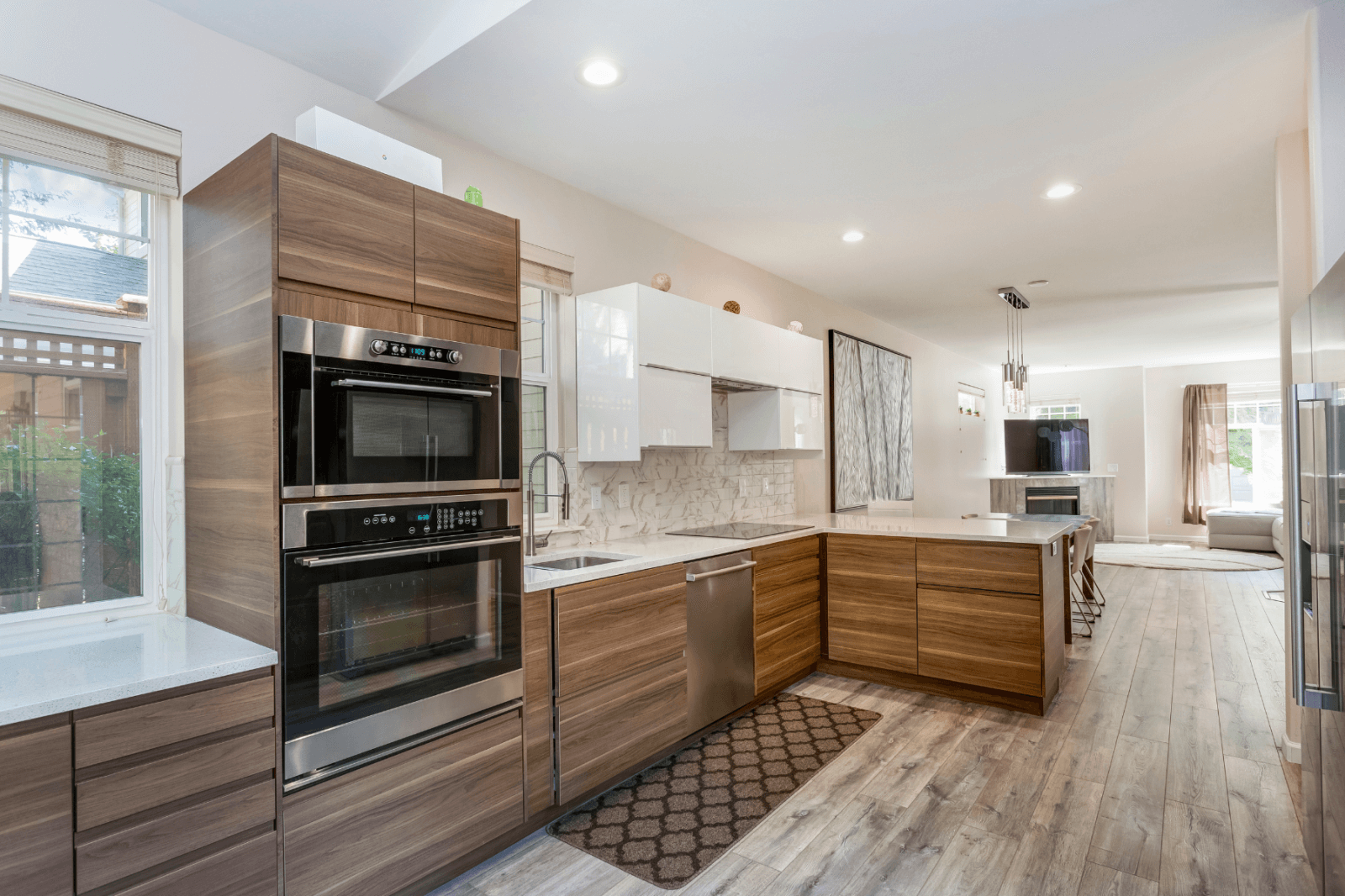
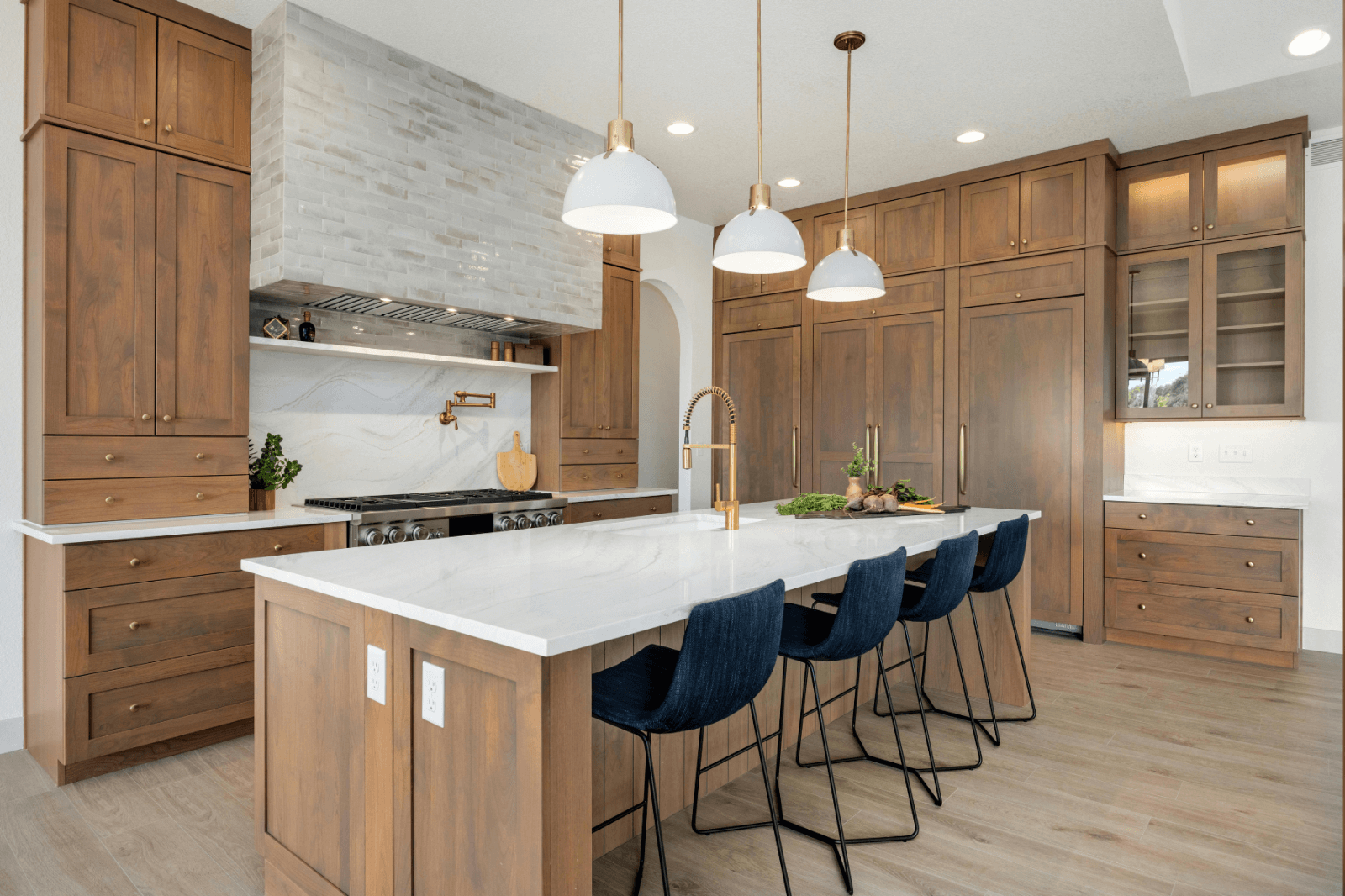
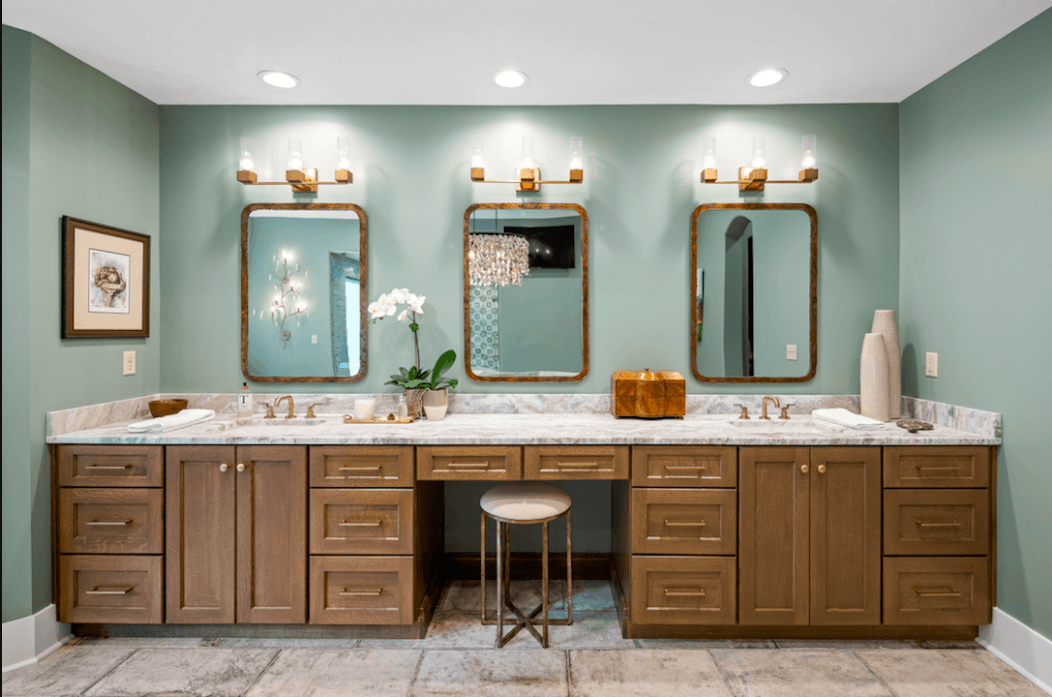
VISIT OUR SHOWROOM
2601 Broad St.
Chattanooga, TN 37408
BUSINESS HOURS
Mon - Fri 9:00 am - 5:00 pm
Saturday By Appointment
All Rights Reserved | Privacy Policy | Powered by Flypaper | Classic Cabinetry
